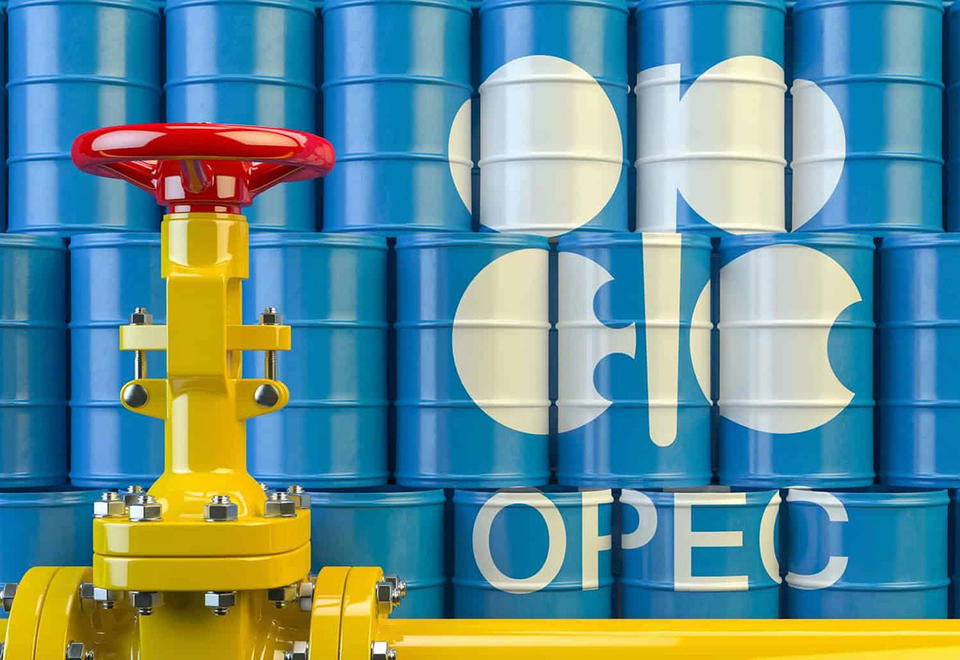Electrification is often presented as oil’s great rival. If we are to believe some of the myths perpetuated about the energy industry, electrification and oil operate in silos, sealed off from one another, as they engage in an existential struggle. ‘There can be only one winner,’ mythmakers tell us, with replacement inevitable in the unstoppable momentum towards ‘electrifying everything.’
OPEC does not believe that energy sources are locked in a zero-sum game; nor can the history of energy be reduced to a succession of ‘energy replacement events.’ Reality tells us that oil does not operate in isolation, cut off from other sectors and industries. Rather, such is the versatility of petroleum and petroleum-derived products that they play an indispensable role in a host of other sectors and industries.
Consider the array of petroleum and petroleum-derived products used in the electricity sector itself. I have written before about the importance of such products in power generation: oil products used in wind turbines and solar panels, as well as the many end-use electrical appliances that contain petroleum-derived material.
It is important to also consider the multitude of petroleum products in the transmission of electricity, which are utilized in manufacturing, maintaining and installing cables, overhead lines, pylons, transformers, substations, and control systems, indeed, in all the components and technologies that make up this vital infrastructure.
A very clear example of this is the insulation materials required to ensure the safety of underground and subsea cables. These are particularly important in connecting offshore wind farms to the grid. Underground electric cables need insulation sheaths, which often make up around 40% of the weight of the cable. Typical materials used for this purpose include petroleum derived products such as cross-linked polyethylene, polyvinyl chloride, and cross-linked ethylene-propylene polymer.
Further examples abound. A vital device in electricity transmission is the transformer. The path of electrical energy from generation, through transmission to end-use can only be completed safely if there is the correct voltage level at each stage of the process. Transformers are crucial, as they transfer electrical energy from one electrical circuit to another circuit or multiple circuits, either stepping up or stepping down voltage levels.
For transformers to operate properly, transformer oil is essential. It insulates transformers and ensures that they can function at a stable temperature. These are primarily made from mineral oil, a distillate of petroleum. As the International Energy Agency (IEA) has stated in its report, ‘Electricity Grids and Secure Energy Transitions,’ “Mineral oil is used in all types of transformers to insulate and cool the transformer windings (copper coils) and core.” Nearly a quarter of the weight of a large power transformer consists of transformer oil and insulation materials.
Furthermore, the transportation of equipment, by road, rail, air and water, will involve vehicles, often highly specialized, that consume gasoline, diesel, aviation and marine fuels. And the vehicles, such as cable-laying vessels, and the material needed to build this critical infrastructure, such as steel, aluminum, copper and concrete, requires a host of petroleum-products.
It is also important to consider the quantity of the materials required under ambitious targets, given that electrification is a cornerstone of most net zero plans. The world currently generates between 27,000 and 30,000 Terawatt hours (TWh) of electricity. According to research by the Energy Transitions Commission, in a report entitled, ‘Making Clean Electrification Possible: 30 Years to Electrify the Global Economy,’ this would need to increase to between 90,000 and 130,000 TWh to achieve net zero greenhouse gas emissions by 2050. That is a 3.5 to 5-fold increase in electricity generation in a less than 30-year timeframe.
An expansion of the grid, unprecedented in history, will be necessary to attain these goals. As the IEA has written, to achieve national energy and climate goals, 80 million kilometres of overhead power lines and underground cables need to be added by 2040. That is the equivalent of replacing the entire existing global grid, equating to 100 trips to the moon and back.
Mass expansion of the electricity grid pressurizes supply chains and this could pose challenges to grid development in the coming years. It should also be recognized that these supply chain risks pertain to all materials used in the construction of grids, including petroleum-derived products.
Often commentators highlight the risks for critical minerals while assuming a safe and secure supply of petroleum-derived products. As OPEC has repeatedly highlighted, security of supply in crude oil, with all the consequence knock-on effects for petroleum-products, can only be achieved with adequate and timely oil industry investments. To put it simply: calls to halt new investments in oil projects jeopardizes the production of oil products essential for the smooth functioning and expansion of the electricity grid.
OPEC Member Countries have clear national electrification plans, which is part of a shared belief that all sources of energy will be necessary to meet future demand growth, reduce emissions, tackle energy poverty and ensure energy security. We believe oil will continue to be a vital component of future energy pathways and this is exemplified by the fact petroleum products are essential for the functioning of other sectors, such as electricity.
Hopefully, the notion that energy sources must be pitted against each other can be dispelled and, instead, policymakers can be clear-headed about energy realities and energy interconnectedness.
Source: OPEC






